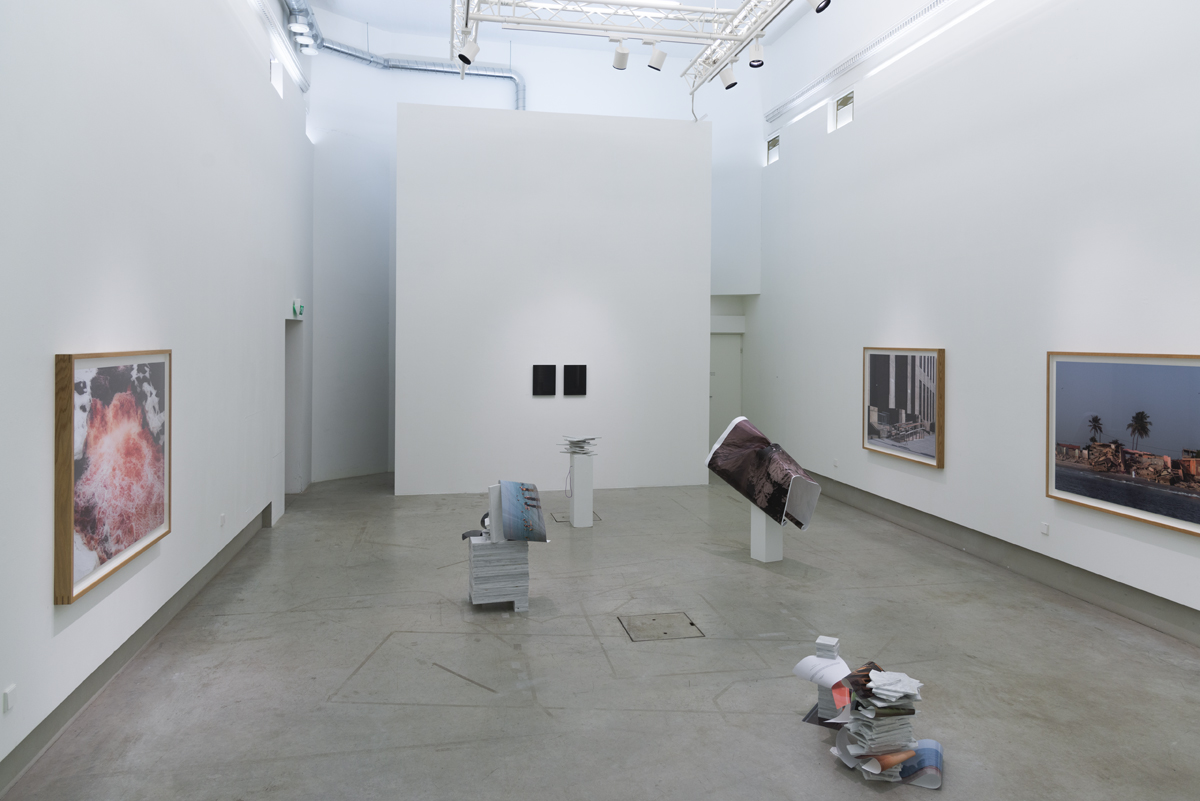Pekka Niityvirta is a multidisciplinary artist working with photography, video and installation to deconstruct different constructed realities that exist around the world. The artist often combines video footage and photographs with digitally-rendered images in order to challenge, or subvert, what we accept as reality. In his trilogy of works, Monsters, Dark Mills and Angels (2014-2020), for example, it is hard to differentiate between what is “real” and what has been artificially created by Niityvirta – a distinction that he deliberately does not make clear to the viewer. In doing so, the series draws attention to the systems that we, as humans, create and accept as “natural”. Walls – as borders, as boundaries, as incomplete architectural projects and as barriers – recur throughout Monsters, Dark Mills and Angels, echoing the kind of societal structures put in place to create “order”.
Other projects by Niityvirta include the series Lines (2018 – present), made in collaboration with the Finnish sculptor and artist, Timo Aho, which examines the impact of rising sea levels on different communities around the world. The site-specific work was first installed in the Outer Hebrides, off the coast of western Scotland, and saw Niityvirta and Aho install LED lights, totalling 115 metres in length, that show the projected sea level increase in the area. Using sensors to track changing tides, the lights are activated when this reaches its highest point. Given the low-lying nature of this remote location, the impression that Lines creates is clear: as night falls, the singular ribbon of light demonstrates just how much of this area could become uninhabitable. Niityvirta and Aho have also installed Lines in Miami, and more recently, in Dublin, Galway and Wexford – all of which create a different kind of impression of how damaging global sea levels will be. In 2020, Niityvirta and Aho worked with Google Arts & Culture to bring the premise of Lines to a global audience. Using the Street View function on Google Maps, Coastline Paradox allows users to visualise the extent of rising sea levels across the world from the present day to 2300. Viewers can click on different glowing locations to see how high, and how quickly, sea levels will make human inhabitation impossible.
Calling from Helsinki, where Niityvirta works and lives, we discuss how the artist approaches working across different mediums and finding ways to dissect the ways in which we negotiate and navigate with the spaces – built, natural, social – that surround us.
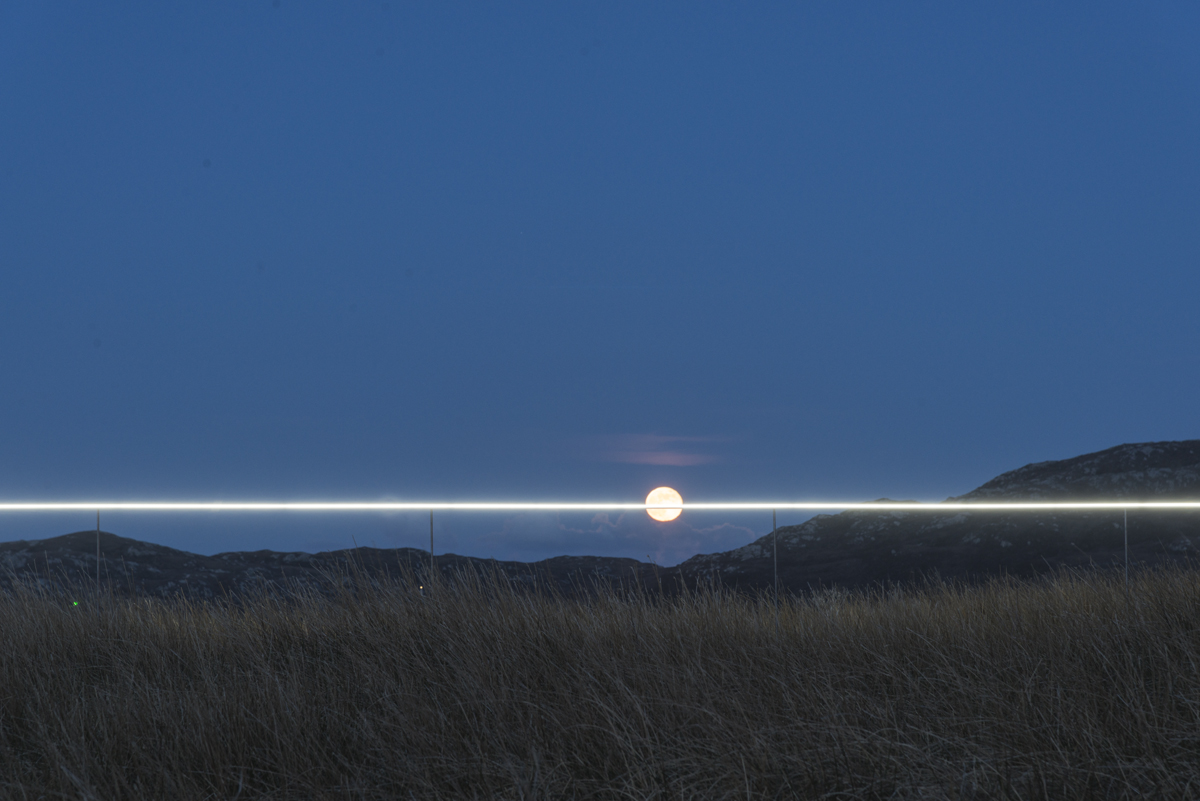
I do think, nowadays, that I am a multidisciplinary artist. My background is in photography, but that was just a mere coincidence. The Museum of Contemporary Art Kiasma opened in Helsinki in 1998, which coincided with the start of my photography studies, while conceptual art wasn’t a huge movement in Finland at the time. I just knew that I wasn’t painting or drawing. That’s how I ended up doing photography.
If I was to define a tipping point, it would be the digitalisation of photography. (I’m trained in the dark room and with analogue mediums, spending countless hours perfecting the print and developing different techniques with analogue methods, with chemicals and all that). And then there was digital photography [and] I became less interested in the process of taking photographs, and [more interested] in the meaning of the picture. So the production pipeline changed drastically and I took a small leap towards doing something else, which I had been planning. But it takes a little bit of courage and trust to jump away from something you’ve been trained in.
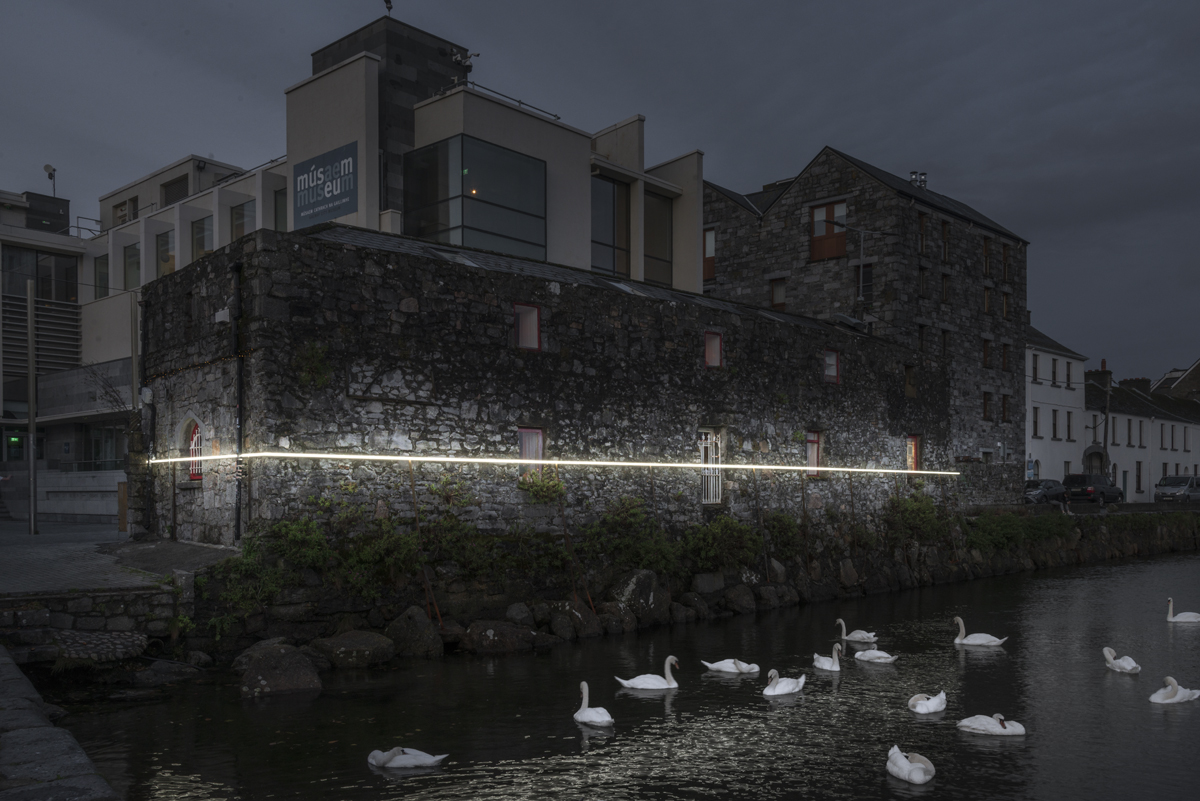
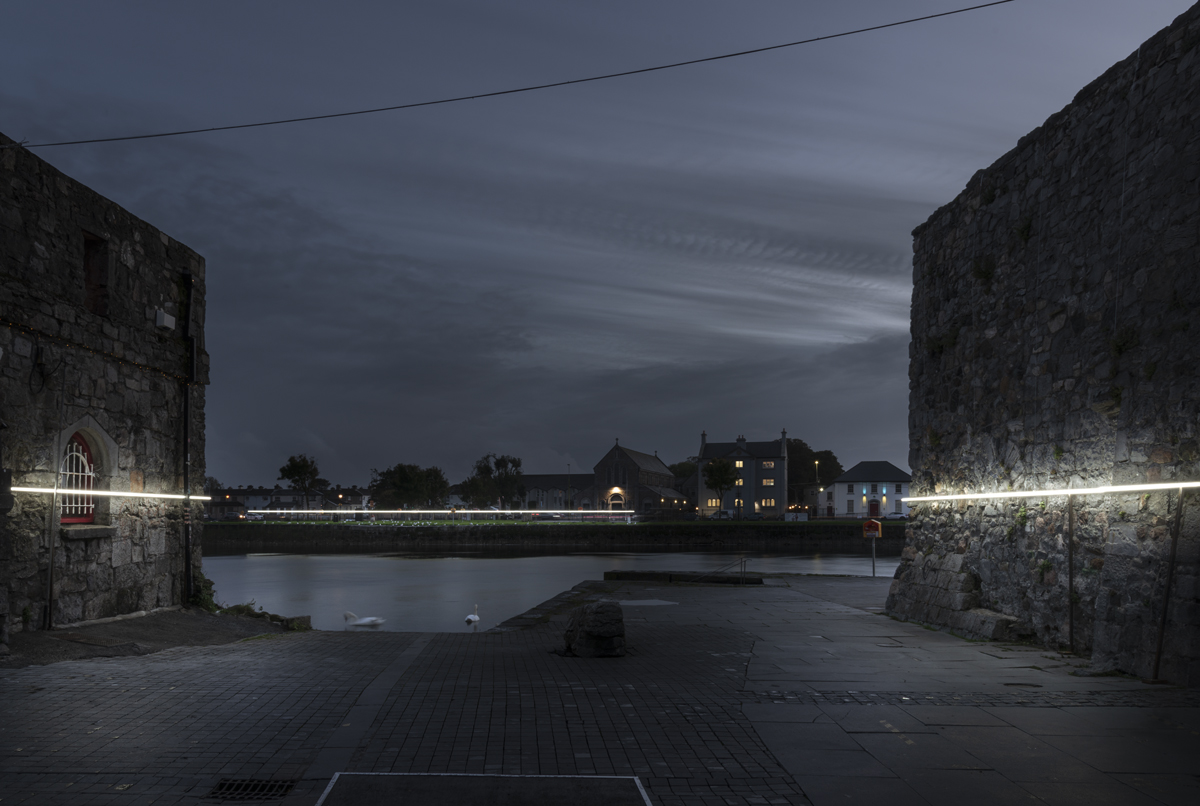
I used to think that, yes, any medium can convey any message. But it’s not that simple. There’s an optimum medium for certain things, but I think that’s different for everybody; somebody might pick painting, somebody might pick another format. For me, it always changes [in terms of] what feels like the natural way of doing something. There’s always [a sense of] adventure to it.
Timo and I have known each other since day one, really. And we spent quite a lot of time planning something together. We started by looking at seaside communities before moving on to rising sea levels and climate change. Timo was living in Scotland at the time, and so it was kind of a natural approach to stage Lines there. I think the location comes first in a way, and it’s a very different setting to the gallery which possesses different challenges. When you have a public location, the rules change somewhat and you have to plan the artwork accordingly. It’s more channing for the artist. It might be easier for the viewer, because they can just bypass it, but at the same time, it’s a familiar setting for them.
If you compare the two locations, Miami was more difficult because you have this city backdrop with so much noise that the work starts to disappear in a way. The concept for the visuals of Lines is basically to use the same language as advertising, in terms of using neon light signs on buildings. So when you install that piece in a city, it starts to disappear into the visual noise. It still works, but the experience is quite different. One needs to get quite close because it just blends in. But when you have it in a remote area, the viewing distance can be kilometres.
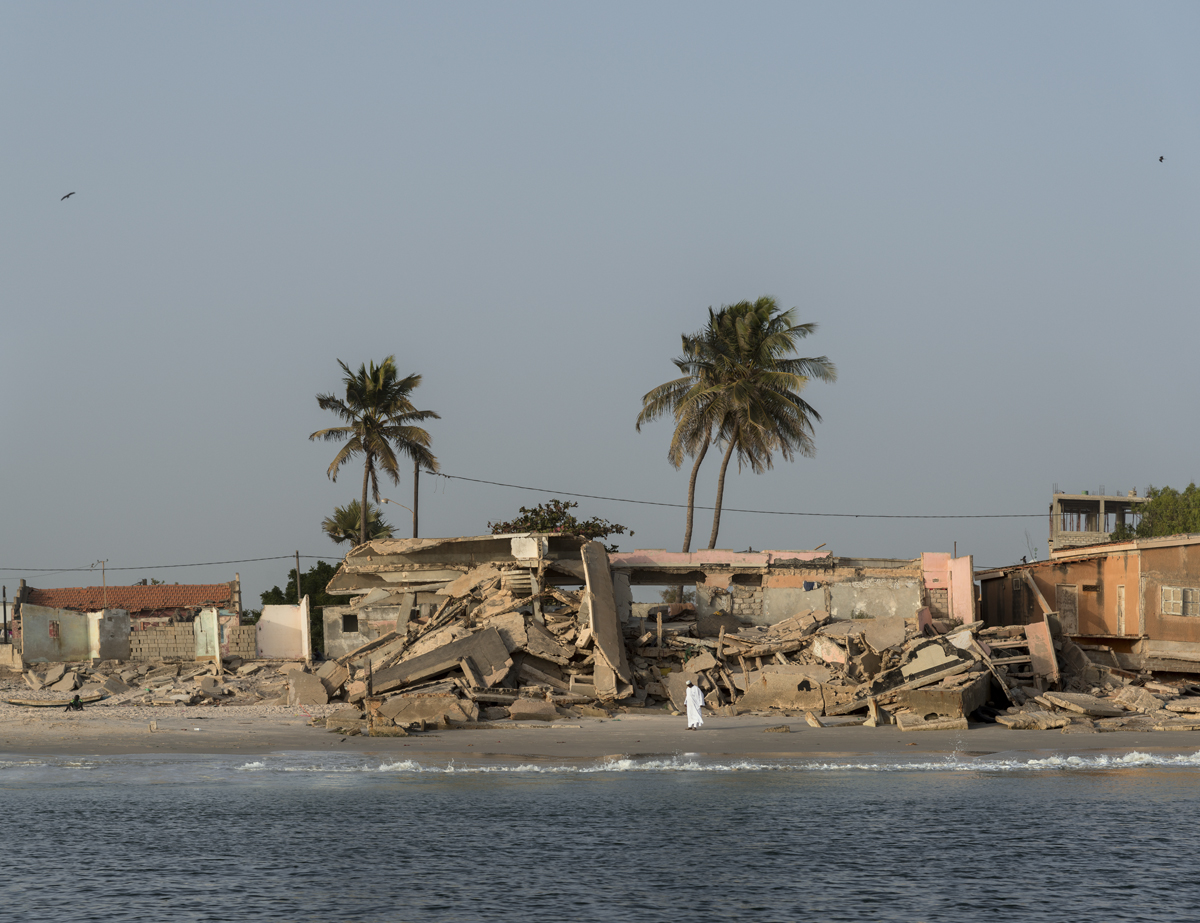
From the start of Lines, Timo and I thought it would be great as an augmented reality project – but at the time, the technology wasn’t really at the right stage to have been easily used. [With Coastline Paradox], it’s art, but then again, it’s relying on numbers though they’re not totally accurate. So I think it’s somewhere between science and science fiction – a kind of strange spot that’s made possible through digital technology. At its core, Coastline Paradox data visualisation, really. But it’s the idea of using the common tools, which are pretty much known to everyone. So, in that sense, the concept behind doing Coastline Paradox is the same as doing it in reality (in familiar settings) [like Lines].
I think it goes back to the idea of space in general – how that is perceived, and what the actual power of space has, in terms of architecture, but especially the cityscape. Also, the image of nature, for example, is produced in different ways, even commercialised. This whole idea of nature is non-existent, in my opinion. And then, you compare that with Michel Foucault’s idea of heterotopias, which I think still has a profound effect on my thinking. How are things constructed socially, what’s the meaning of it, and who really controls that? Is it centralised control or decentralised control? How do we build these things? And I don’t know, it’s just fascinating in general and I don’t think I’ve reached any conclusions yet!
[With Monsters, Dark Mills and Angels], the images are constructed realities. I mean, some of the pictures are [presented] as plain documentary, some of them are not. I’m not stating what is real, and what is not. Some of them are totally digitally generated images; they are non-existent in reality, and some of them are just slightly altered. And it’s all about the production of reality in the photographic sense. I think the reality we live in has been heavily produced – whether we want it to be or not.
That’s partly out of my control – I might be invited somewhere and it’s relevant to my work, like the United States, Mongolia, or Dubai. But with, say, Palestine, I always wanted to go there but felt like I needed a really good reason. It’s a place that is so charged with meaning; and how can one, as an outsider touch this without igniting something you maybe don’t want to ignite? So I ended up documenting Palestine from above, geographically.
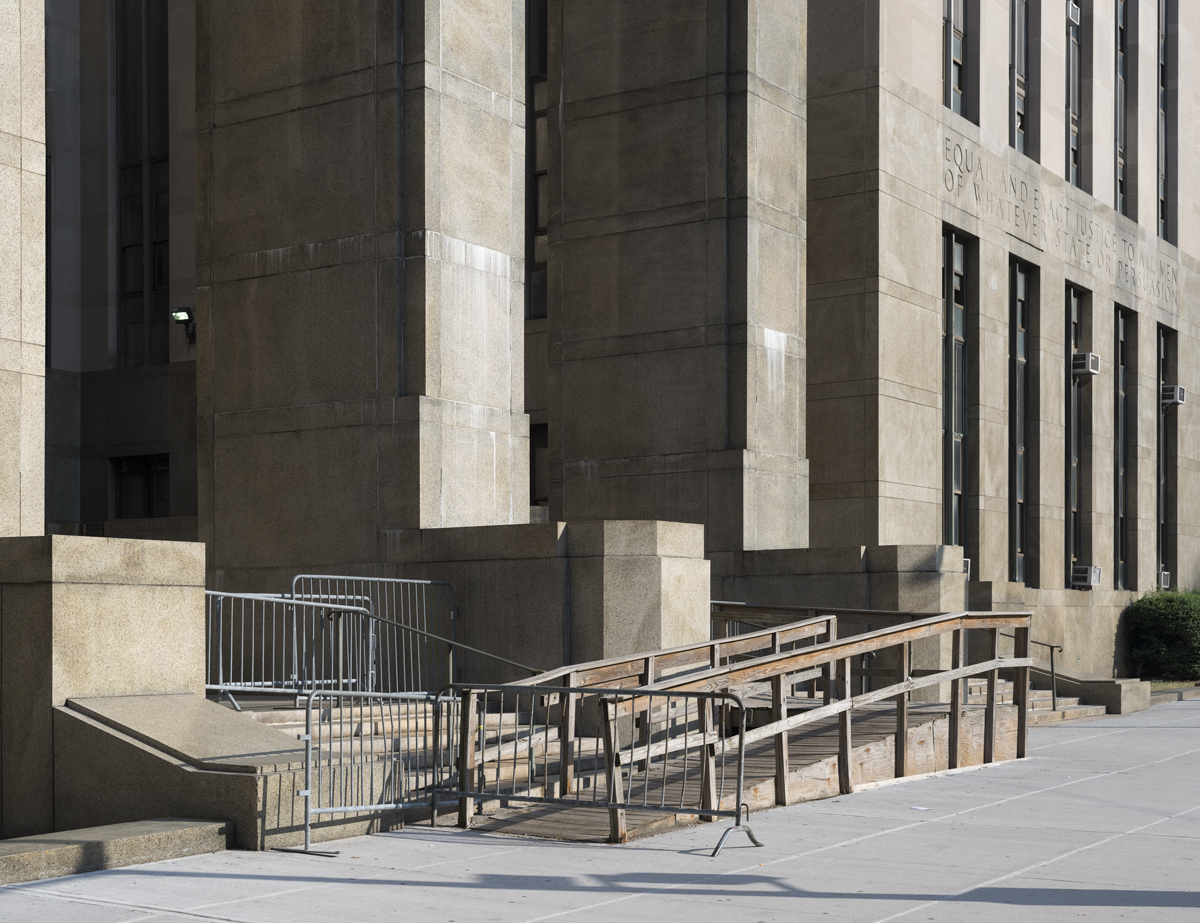
I’d like to think that it’s enough that I’m involved in the work. Of course, many artists – if not most – employ the approach that they have distinct bodies of work, which I just never felt was my way of doing it. If I’m honest, I just [know when] I need to move on to something else. I feel like changing things, and then might return to something after many years and continue with that. I find it fascinating to mix different themes, methods and mediums. It opens up different possibilities and ways of developing an idea further – say, an installation, a sculpture, clashing with video art – what happens there?
